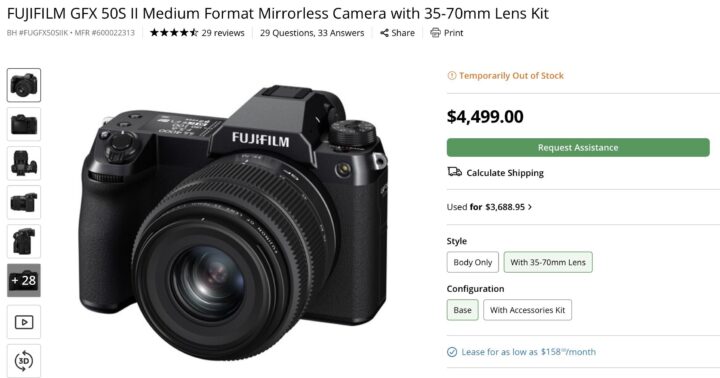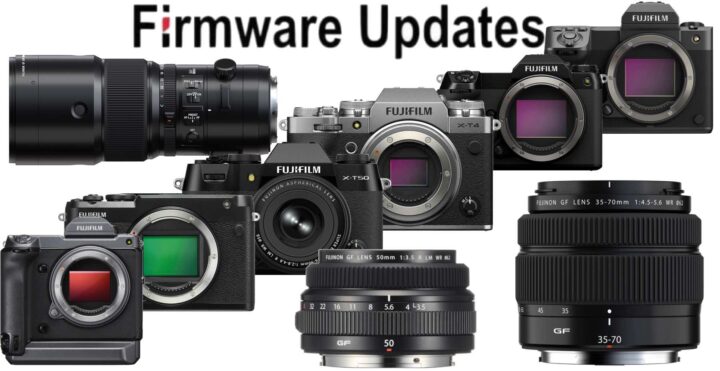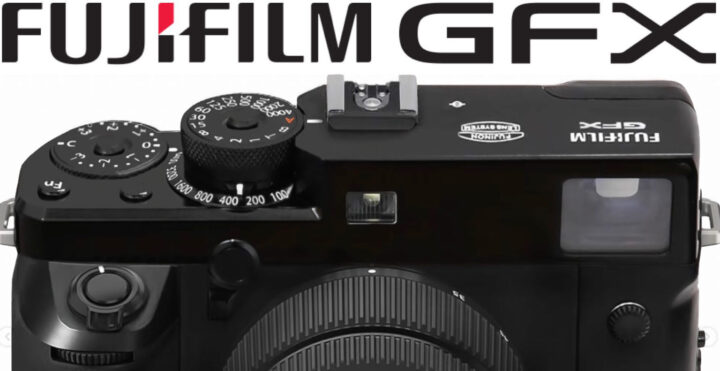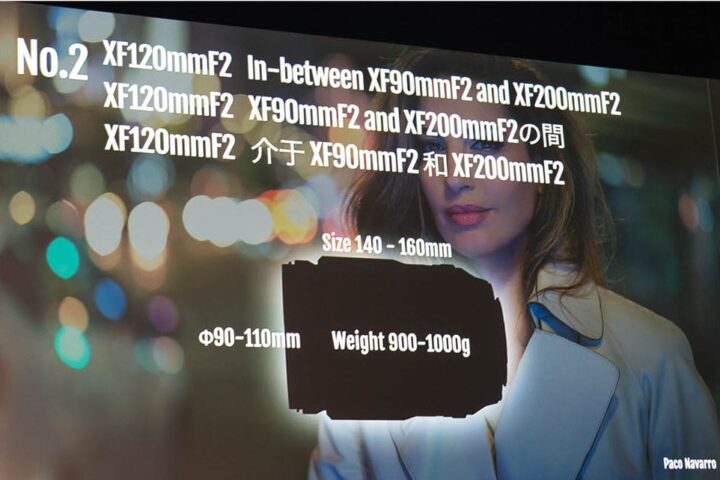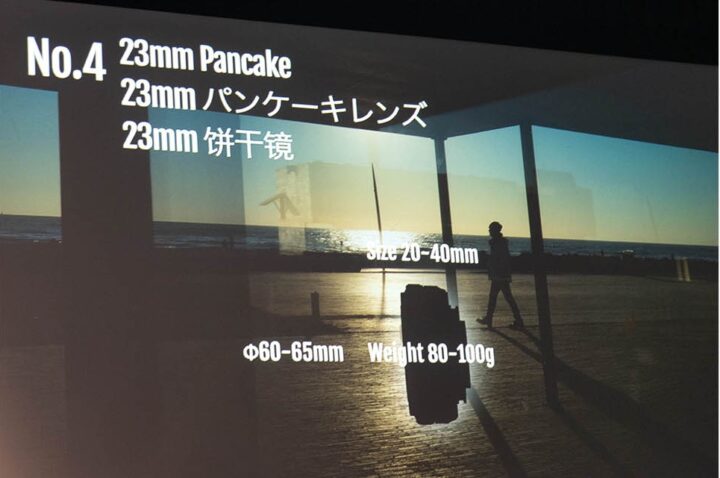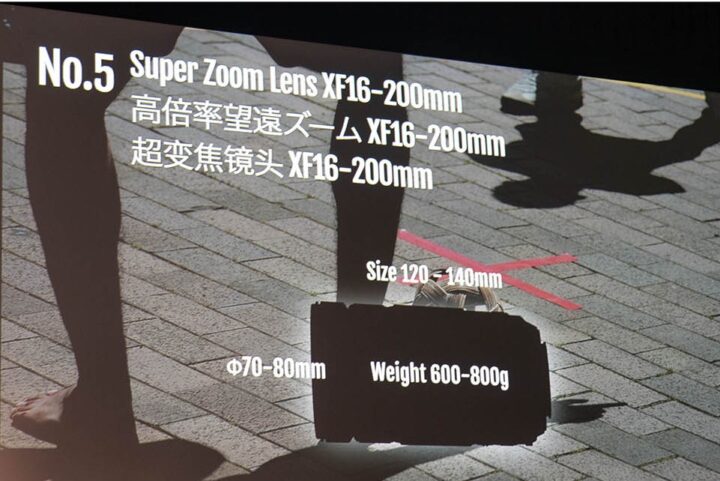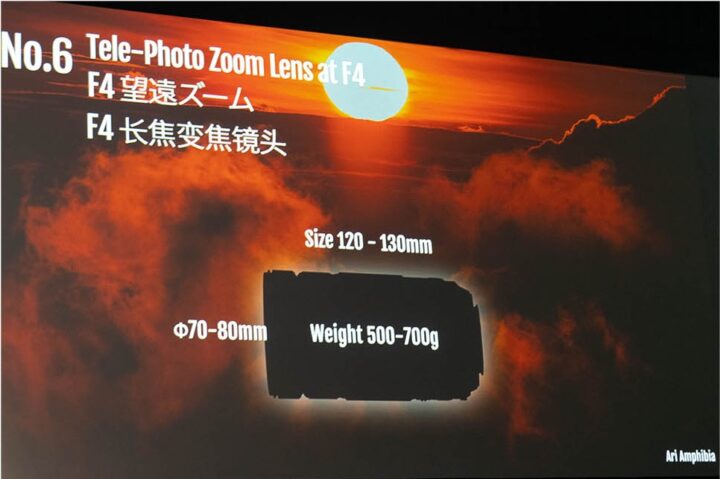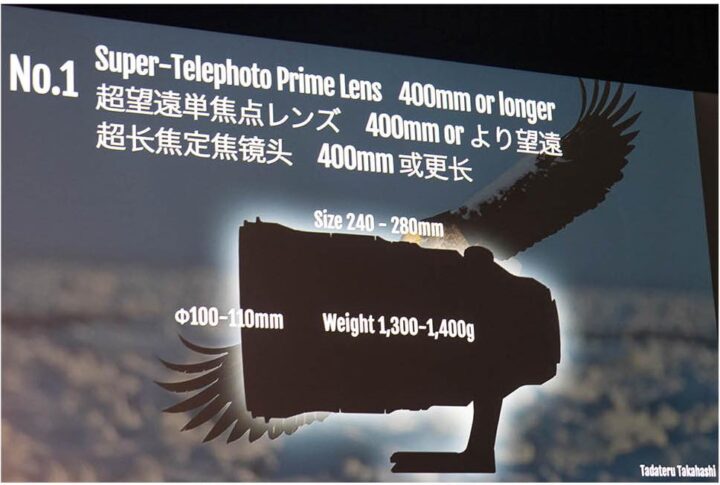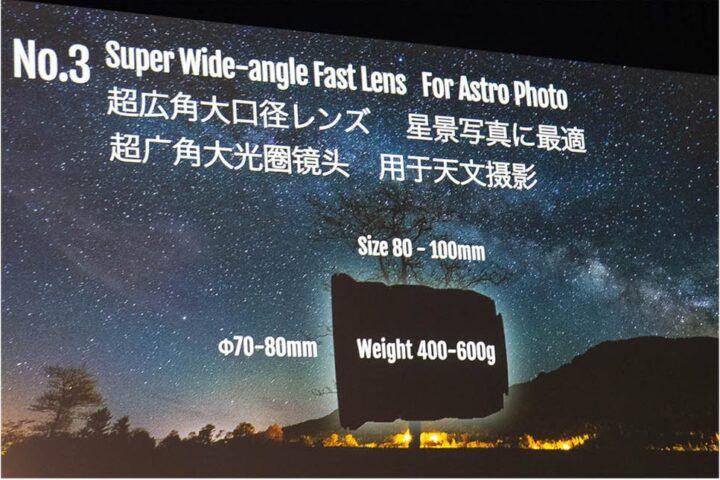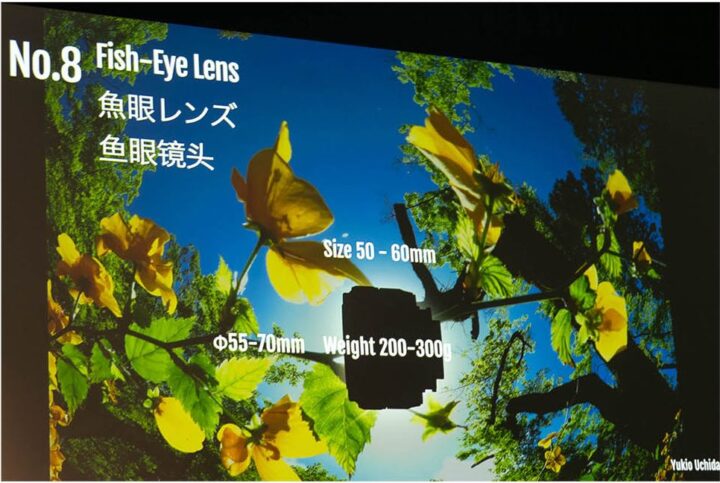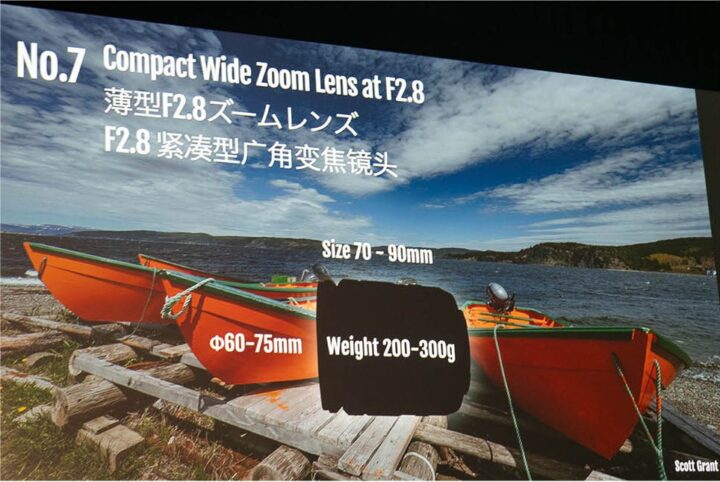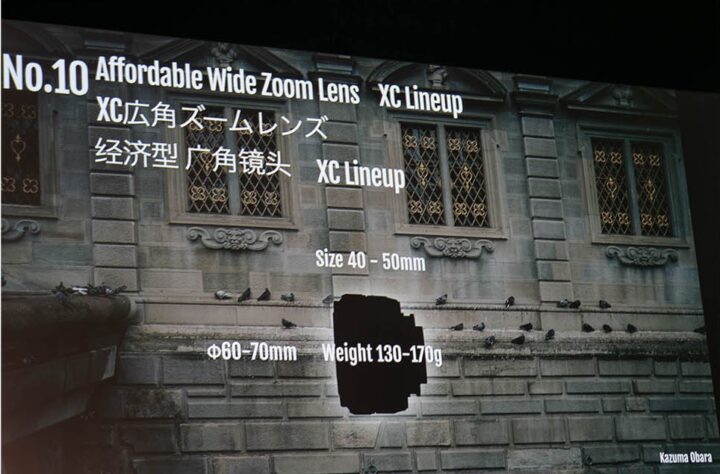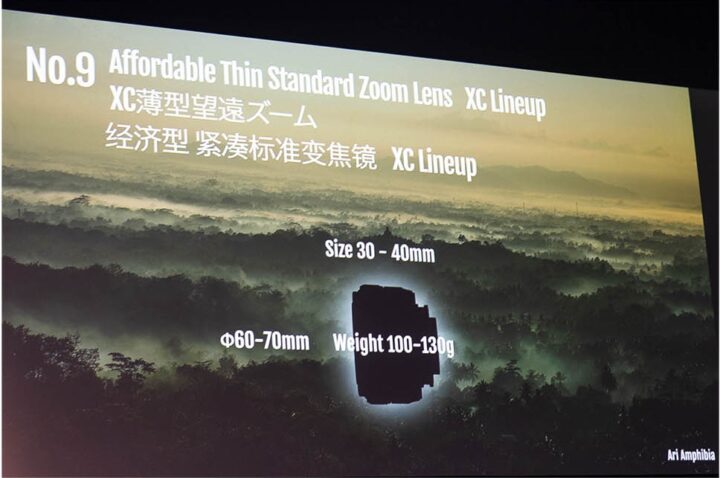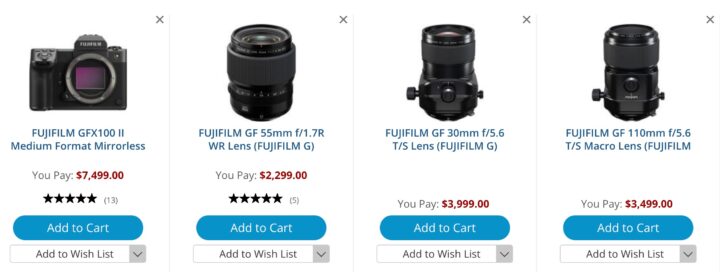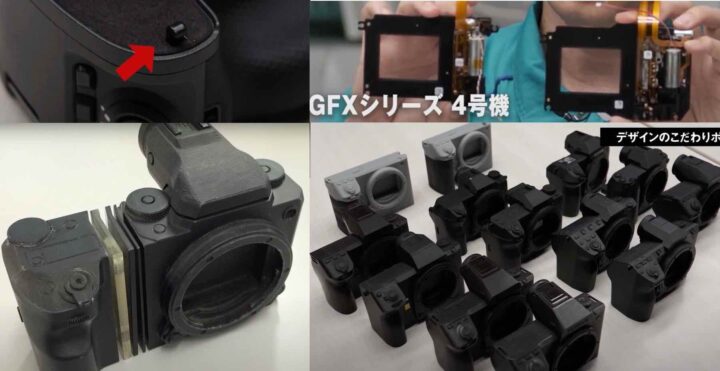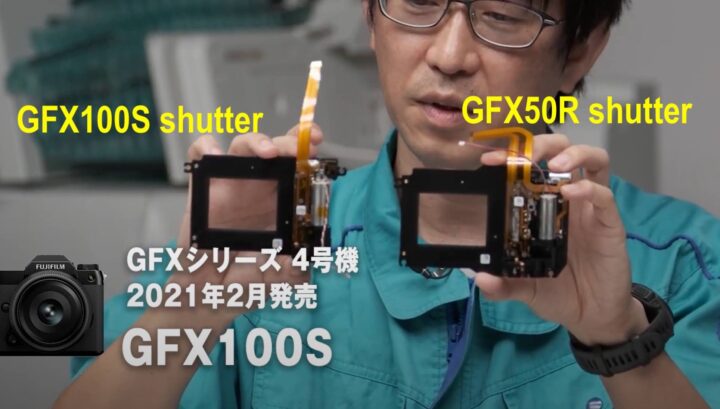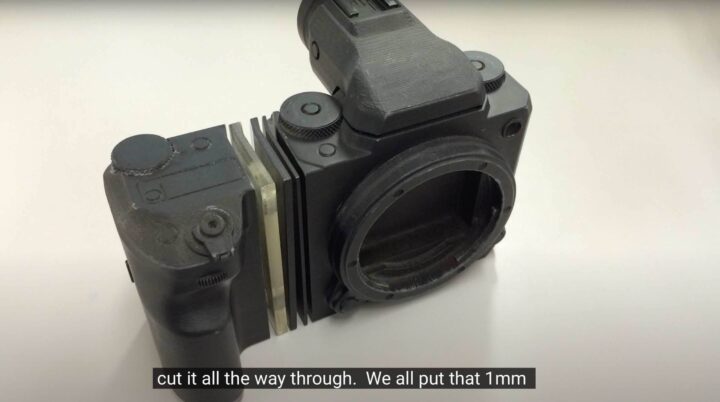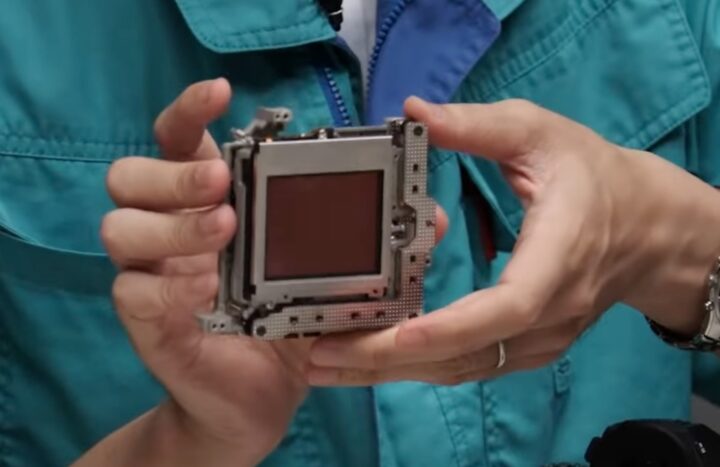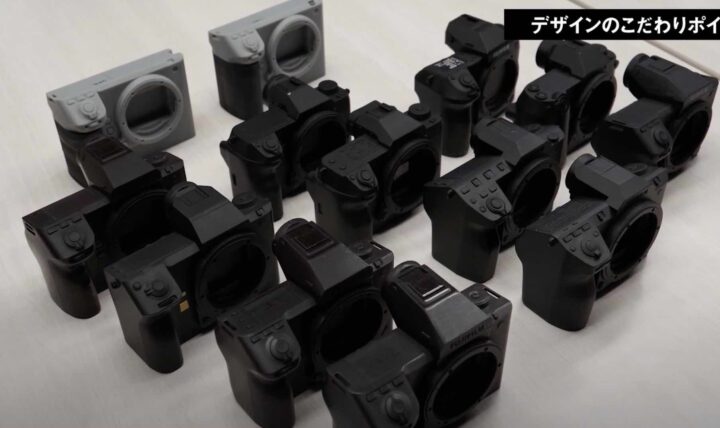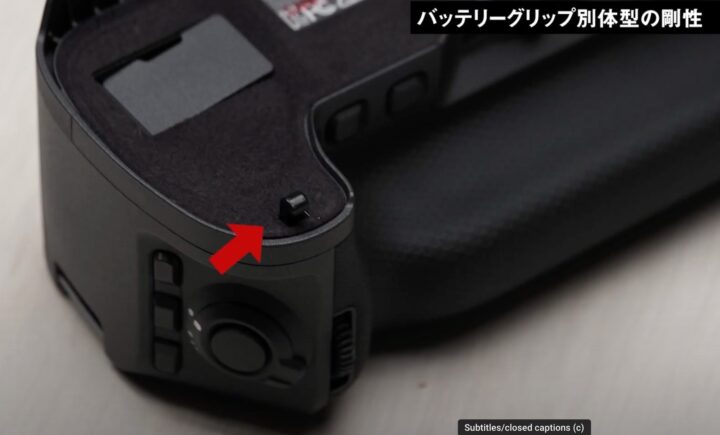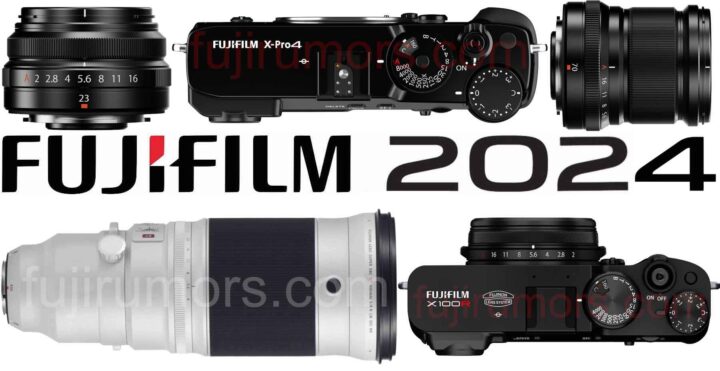Fujifilm GFX50S II Kits Start to be Discontinued – The End of 50MP GFX?
The first stores in Japan are now marking the Fujifilm GFX50SII as discontinued, as reported by the Japanese website asobinet.
In the US we can see the kit version is out of stock at BHphoto (with the “request assistance” note) as well as unavailable at Adorama.
Given that it is now discontinued in Japan, I don’t have high hopes for at least the kit version to be back in stock anywhere else.
The Fujifilm GFX50SII was announced back in September 2021.
Fujifilm did lots of things right with the GFX50SII, but one thing wrong.
They did give us a nice and relatively compact body, with IBIS and 4th generation processor. The price was quite good back than in 2021. But the one thing they got wrong is the sensor. They used the identical 50MP sensor in use in the original Fujifilm GFX50S and also in the even older Pentax 645Z of 2014.
Make no mistake: the sensor itself delivers wonderful files. But the readout is slow. And you can put in the best processor in the world, but in terms of autofocus speed and rolling shutter performance there is only that much you can do when your true bottleneck is in the sensor (non-BSI and contrast detection AF only).
Now, I get it. For many GFX50SII shooters “autofocus speed” might not be the top priority. I think at all those who shoot landscape photography for example. But for many, like me, who also document family life with GFX, a decent autofocus is definitely welcome. That’s why I went for the GFX100S (with BSI and phase detection).
I get it that Fujifilm can only use Sony sensors, and that there is no 44×33 BSI 50MP sensor out there. So Fujifilm has to use what Sony offers. But at the end I think that the life-cycle of that ancient 50MP sensor should have ended with the GFX50R in 2018. Re-proposing it again in 2021 in the GFX50SII was just one iteration too much for that sensor.
Where do we go from here?
Well, I don’t know if this is the end of 50MP GFX. I still hope (not rumor) that somehow a 44x33mm 50MP BSI and Phase Detection sensor will appear one day. Or maybe something in between 50 and 100 megapixel. But that is more in the hands of Sony semiconductors rather than in Fujifilm.

